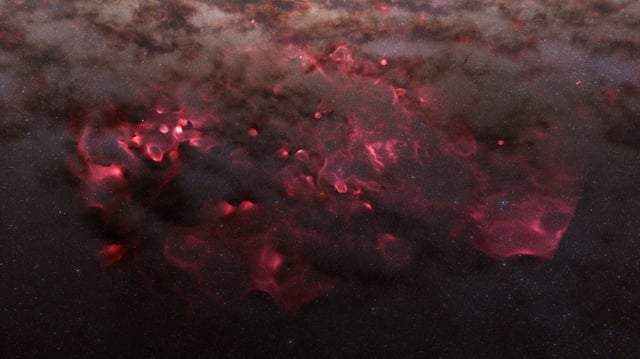Overview
- Built from Gaia observations of 44 million stars plus 87 hot O‑type stars, the model maps local star formation out to roughly 4,000 light‑years.
- Researchers inferred 3D dust and ionized hydrogen structures by using stellar positions and extinction to locate HII regions where young stars are active.
- The visualization resolves well‑known complexes including the Gum Nebula, North American Nebula, California Nebula, and the Orion–Eridanus superbubble.
- Early analysis suggests some clouds have ruptured, with gas and dust likely venting into a large nearby cavity shaped by massive‑star radiation.
- The work, published in MNRAS and building on Edenhofer et al. 2024 dust maps, will be expanded using Gaia’s next data release planned for December 2026.


